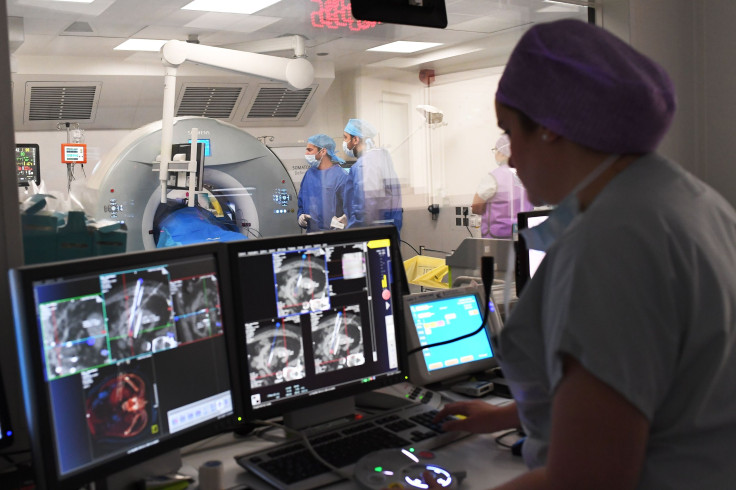What Is Teratoma? Woman Diagnosed With Football-Sized Tumor In Ovary

Kira Hartley, 27, was suffering from hallucinations, seizures and a rare auto-immune disorder. She was shocked when doctors discovered a football-sized tumor growing on one of her ovaries and causing complications in her brain.
Hartley was diagnosed with a disease called teratoma. The disease sparked encephalitis, an autoimmune condition that causes inflammation in the brain, and triggered Hartley to have seizures and hallucinations of demons. And even a year after the teratoma was removed along with an ovary, she suffers from short-term memory loss. Her tumor weighed four pounds.
Hartley said, “I’ll forget what I had to eat the night before or what I ate or drank or who I even spoke to,” according to the Daily Mail. However, she now keeps a logbook to remember every moment and said, “It has definitely improved my memory a lot and I’m not as scatter-brained anymore.”
Ovarian teratoma is also known as dermoid cyst of the ovary. It is a type of germ cell tumor in the ovary that may contain several types of tissues such as hair, teeth, bone and thyroid. Teratomas may be mature or immature, based on how normal the cells look under a microscope. And it may or may not be cancerous, according to the Medicinenet. com.
Though the cause of ovarian teratomas is unknown, it has been discovered they arise from a single germ cell.
An ovarian teratoma develops from a totipotential germ cell (a primary oocyte) that is retained within the ovary. Being totipotential, the cell can give rise to all orders of cells required to form mature tissues and often recognizable structures such as hair, bone, neural tissue and teeth.
These cysts may occur at any age but the prime age of detection is in the childbearing years. Up to 15 percent of women suffering from ovarian teratomas have them in both the ovaries. These cysts can cause the ovary to twist and endanger its blood supply. The risk of rupture is greater if the cyst is large in size and it can cause spillage of the greasy contents that can lead to pain.
According to the Canteen, the common symptoms of teratoma are:
- Abdominal pain
- Feeling of fullness
- Abdominal swelling
- Irregular vaginal bleeding
Removal of the dermoid cyst is usually the treatment of choice. Ovarian teratoma can be treated by the following methods:
Surgery for ovarian teratoma:
- Surgery is usually the first part of the treatment for an ovarian teratoma. This may involve the removal of the affected ovary and fallopian tube through laparotomy, a surgical procedure that involves a large incision through the abdominal wall to gain access into the abdominal cavity. At times it may be required to remove both the ovaries, the fallopian tubes and the womb.
Chemotherapy for ovarian teratoma:
- Ovarian teratomas are generally sensitive to chemotherapy. Normally a combination of chemotherapy drugs is given. Sometimes, it is not compulsory to follow the surgery with chemotherapy if the tumour is completely removed.
© Copyright IBTimes 2024. All rights reserved.











